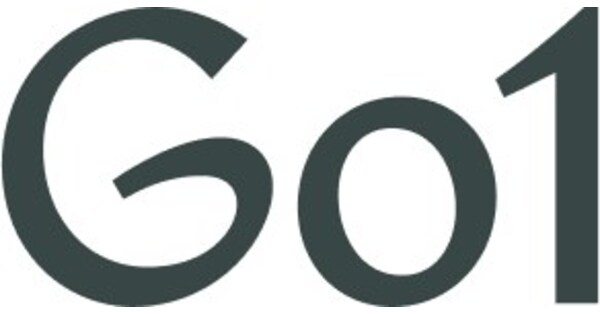Across conferences, classrooms, and client conversations this year, one theme keeps resurfacing. People are excited about the possibility of AI, but they are equally uneasy. The headlines focus on disruption. The reality I see in the data is far more hopeful.
Employees are not trying to escape the future. They are trying to prepare for it. And learning is the path forward.
In new research from Go1, several powerful insights rise to the top.
These three matter most for HR and learning leaders right now:
1. Exposure drives confidence
AI is not just a technology shift. It is a familiarity shift.
Knowledge workers who already use digital tools feel relatively confident experimenting with AI. But frontline employees and operational managers often feel disconnected from the early use cases. Not because they cannot learn them, but because they have not been exposed to them.
This is not a capability issue. It is an access issue. It’s a comfort issue.
People become more confident with AI when they are given the chance to use it. Our job is to close that exposure gap so discomfort does not harden into fear.
2. Clear communication changes everything
One of the strongest signals in the Go1 research is the impact of leadership communication.
When organizations clearly articulate their AI strategy, employees become dramatically more open and optimistic about using AI. When leadership stays silent, optimism drops and anxiety rises.
Silence is not neutral. In the absence of clarity, employees fill the gaps with headlines and assumptions, and those are never positive!
This is where HR and L&D must step up. Not just to implement tools, but to shape the narrative. We are the translators of the future of work. If we want adoption, trust, and engagement, communication cannot be optional.
3. AI frees us to do more of the work humans are best at
AI does not threaten the parts of work HR and learning professionals value most. Instead, it removes the administrative burden that keeps us from doing that work.
- AI reduces the pajama-time documentation for doctors.
- For learning teams, it handles the repetitive tasks like tagging content or sorting feedback.
- Best of all, AI creates white space where we can do our most creative and compassionate human work. This was a key theme in our AI summit earlier this fall.
And leaders who use that white space wisely reinvest it into high-impact work: building relationships, understanding employee needs, developing talent, and supporting strategic decisions.
The unlock is not *just* faster output.
It is deeper human impact.
4. Skills are the bridge between uncertainty and optimism
Lighthouse research has shown for nearly a decade that when workers fear disruption, their instinct is not to disengage. It is to grow.
People see learning as their hedge against uncertainty. Skills give employees confidence. Skills give leaders flexibility. Skills give businesses resilience.
AI accelerates learning, and it also accelerates impact.
The bottom line
AI is not here to replace the human experience at work. It is here to elevate it. The Go1 research shows us how learning teams can make that happen.
The organizations that thrive will not be the ones with the most tools, but the ones with the clearest vision, strongest communication, and most committed learning culture.
Start with humans. End with humans. And use AI to create more room for the work only humans can do.
If you want to explore the full Go1 research and see what this means for your learning strategy, you can download it here.

Ben Eubanks is the Chief Research Officer at Lighthouse Research & Advisory. He is an author, speaker, and researcher with a passion for telling stories and making complex topics easy to understand.
His latest book Talent Scarcity answers the question every business leader has asked in recent years: “Where are all the people, and how do we get them back to work?” It shares practical and strategic recruiting and retention ideas and case studies for every employer.
His first book, Artificial Intelligence for HR, is the world’s most-cited resource on AI applications for hiring, development, and employee experience.
Ben has more than 10 years of experience both as an HR/recruiting executive as well as a researcher on workplace topics. His work is practical, relevant, and valued by practitioners from F100 firms to SMB organizations across the globe.
He has spoken to tens of thousands of HR professionals across the globe and enjoys sharing about technology, talent practices, and more. His speaking credits include the SHRM Annual Conference, Seminarium International, PeopleMatters Dubai and India, and over 100 other notable events.

